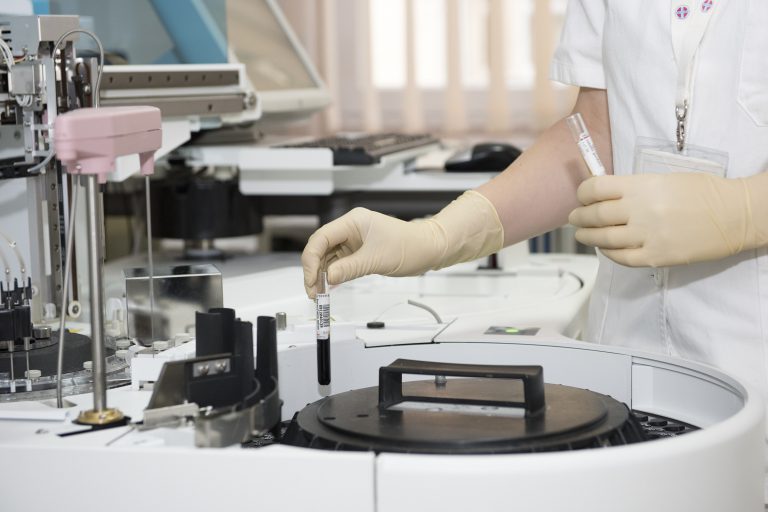What Does HbA1c Measure?
The most common method to diagnose diabetes is to measure how much glucose is present in a patient’s blood. Increasingly, this is being done by measuring the levels of glycated hemoglobin (HbA1c), which is one of the risk factors that we use in the RetinaRisk app and can help predict your risk of developing diabetic eye disease. A big benefit of testing for HbA1c as opposed to fasting blood sugar tests is that it can screen for both type-1 and type-2 diabetes. Recent studies have shown that more frequent HbA1c testing can improve patients’ lives and reduce the cost of diabetes treatments.
Glucose in your bloodstream attaches to the hemoglobin of your red blood cells, and the more glucose that is present in your blood, the more it will be attracted to the hemoglobin. Measuring the levels of HbA1c can help determine the average blood glucose control over a 12-week period, as that is the average lifetime of the red blood cell in our bodies. A person who does not have diabetes will have A1C levels that are 42mmol (6%) or lower. Results that are in the range of 42-47 mmol (6% to 6.4%) can indicate prediabetes and anything above that is diagnosed as diabetes.
The traditional method of testing for HbA1c is to visit a medical practitioner and have your blood sample sent to a laboratory for analysis. It can take several days for the results to be evaluated, which are then forwarded to your health care provider and subsequently communicated to the patient. Development in the field of HbA1c testing has led to what is known as point-of-care (POC) testing. Many different healthcare providers can administer the test using a remote device, therefore reducing the costs of training and time taken to see a doctor. The biggest benefit of POC testing is that results can be analyzed by the caregiver themselves as opposed to sending it to a lab, allowing them to advise their patients far quicker and at a lower price point. This is a market that is rapidly growing and is expected to be worth up to 36 million USD by 2021. Research shows that current POC test results have a high accuracy rate and are within the analytical performance criteria set by the US National Academy of Clinical Biochemistry.
Even though POC testing has become more convenient for the patient, those who are already diagnosed with diabetes can monitor their HbA1c levels at home. These kits can give the patient more control over their diabetes and they can self-monitor in the comfort of their own home – in a study, 88.5% of subjects found home sampling more preferable. Although these tests should not be used as a concrete diagnosis for diabetes, it can be a useful tool for monitoring the disease in patients who have already been diagnosed. One such kit is the Personal A1C Rapid Test Kit, which indicates if your HbA1c level is greater than 6.5% or under in 15 minutes. Although a home kit can provide results that indicate whether you are in the healthy range or not, you should aim to go and get tests done at a clinic on a regular basis.
Combining at home testing and point-of-care tests may be a good way to ensure that you are meeting your HbA1c goals. As highlighted above, at home test kits can be a good indicator of your levels before visits, but they should never be a substitute for tests performed by a healthcare provider.









